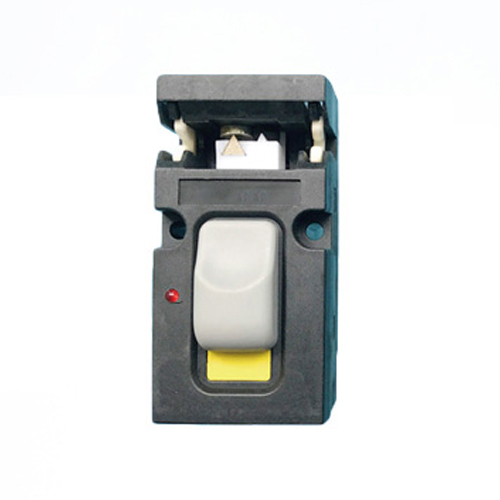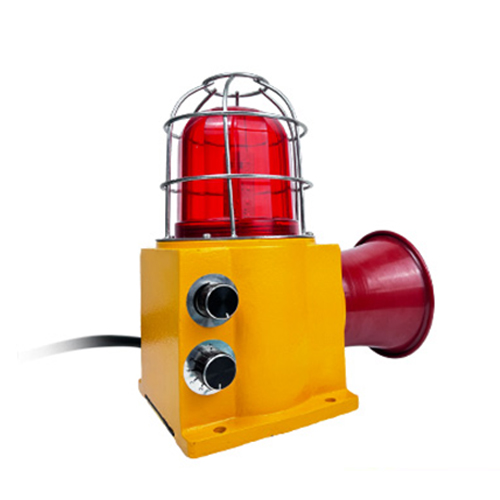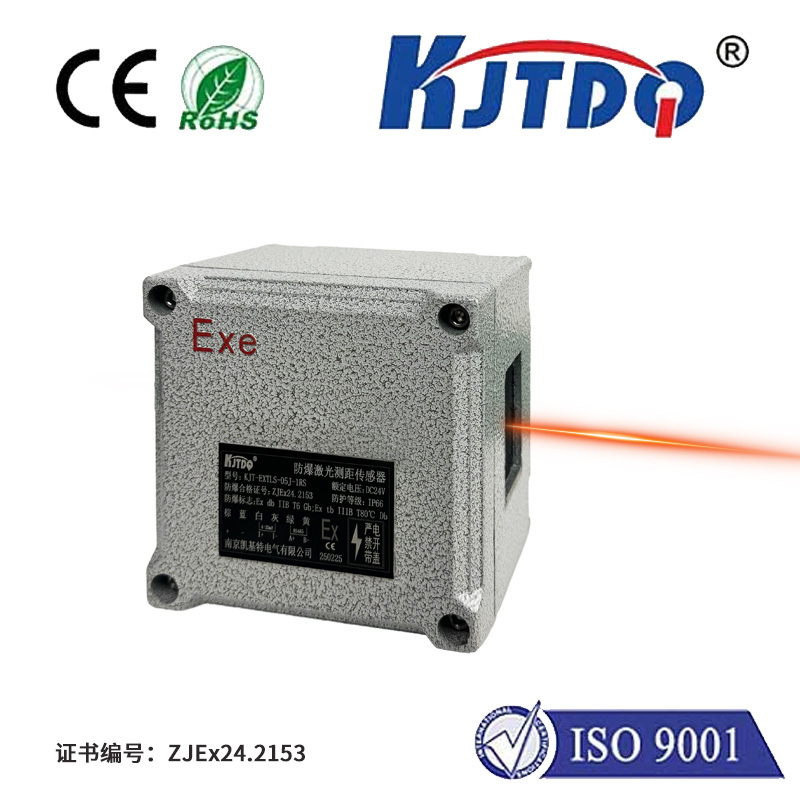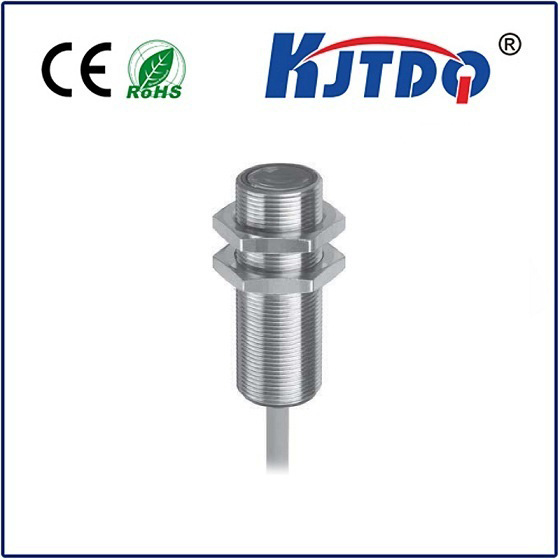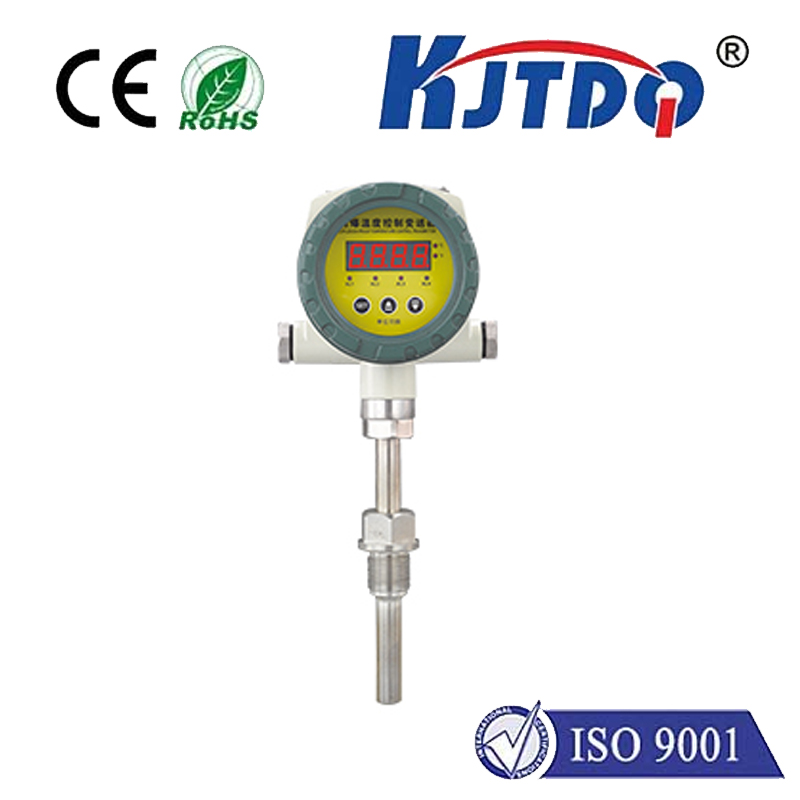photoelectric sensor szu-30n-3m
- time:2025-09-11 02:49:00
- Click:0
The SZU-30N-3M Photoelectric Sensor: Precision Detection in Demanding Industrial Environments
Opening Hook:
In the relentless pulse of modern industry, where speed, precision, and reliability are non-negotiable, the humble photoelectric sensor acts as the fundamental nervous system. These unsung heroes detect presence, position, absence, color, and distance with incredible speed, feeding critical data to automated control systems. When robust performance in challenging settings is paramount, the SZU-30N-3M photoelectric sensor emerges as a trusted solution. This through-beam sensor, engineered for resilience and accuracy, offers a dependable solution for countless detection tasks across the industrial spectrum.
Understanding Through-Beam Technology: The Core Principle
At its core, a photoelectric sensor operates by emitting a beam of light (usually infrared, visible red, or laser) and detecting changes in the received light signal. The SZU-30N-3M specifically utilizes the through-beam principle. This involves two physically separate components:
- Emitter (Transmitter): This component generates a focused beam of light.
- Receiver: Positioned directly opposite the emitter, this component continuously monitors the intensity of the incoming light beam.
When an object passes between the emitter and receiver, it interrupts the light beam. The receiver detects this sudden drop in light intensity and triggers a change in its output signal state. This method offers distinct advantages:
- Long Sensing Distances: Through-beam sensors typically achieve the longest detection ranges compared to retro-reflective or diffuse types.
- High Reliability: The direct, unreflected path of the beam makes detection highly reliable and less susceptible to false triggers caused by object color, surface finish, or reflectivity.
- Precise Detection: Provides very accurate detection of object presence or absence at the beam interruption point.
Dissecting the SZU-30N-3M: Key Features and Specifications

The model designation SZU-30N-3M itself reveals crucial information about the sensor’s characteristics:
- SZU: The series designation, typically indicating a ruggedized industrial through-beam sensor range from SAYTEK (or potentially a compatible manufacturer adhering to similar naming conventions).
- 30: Indicates the size of the sensor housing (Emitter and Receiver), likely 30mm in diameter or width.
- N: Often signifies the output configuration. In this context, N typically denotes an NPN transistor output. NPN outputs switch the load (e.g., PLC input) to the negative (ground) supply line when active.
- 3M: Clearly specifies the attached cable length: 3 meters.
Beyond the Model Number: Essential Operational Specifications
To truly understand its capabilities, let’s delve into typical specifications associated with a sensor like the SZU-30N-3M photoelectric sensor:
- Sensing Distance: The maximum reliable distance achievable between the emitter and receiver. For the SZU-30N, this is often up to 20 meters, making it suitable for applications requiring detection across significant spans. Actual range can vary slightly based on environmental factors.
- Light Source: Most commonly utilizes high-brightness infrared LED (IR). This provides excellent immunity to ambient light interference and invisible operation.
- Supply Voltage: Typically operates on a wide DC voltage range, such as 10-30V DC. This compatibility allows integration into various industrial control systems without needing specific voltage converters.
- Output Type: As denoted by the ‘N’, it features an NPN, NO (Normally Open)/NC (Normally Closed) selectable transistor output. The user can often configure the output logic via a switch or wiring.
- Response Time: Characterized by extremely fast switching speeds, often in the microsecond range. This ensures it can keep pace with high-speed production lines without missing triggers.
- Enclosure Rating: Designed for harsh industrial environments, these sensors frequently boast a high IP (Ingress Protection) rating, such as IP67. This signifies total protection against dust ingress and the ability to withstand temporary immersion in water (up to 1 meter for 30 minutes). Robust construction ensures resistance to shock and vibration.
- Connection: The ready-made 3m cable significantly simplifies installation, eliminating the need for separate conduit runs or connector assembly at the sensor end.
Where the SZU-30N-3M Excels: Industrial Applications
The combination of long sensing range, robust construction (IP67), reliable through-beam detection, and easy integration makes the photoelectric sensor SZU-30N-3M invaluable in numerous settings:
- Packaging Machinery: Detecting presence/absence of product on conveyor belts, monitoring fill levels in containers, verifying case sealing flaps, detecting jams.
- Material Handling Systems: Counting objects on conveyors, detecting pallets entering/exiting staging areas, controlling gate positions based on object presence.
- Automotive Assembly Lines: Verifying component placement in sub-assemblies, confirming the passage of vehicles or carts through zones, detecting robotic arm positions.
- Bottle and Canning Lines: Monitoring bottle/can flow, detecting low product levels, controlling capping or labeling stations.
- Wood Processing: Monitoring board feed into saws or planers, detecting log positions, guarding hazardous areas.
- Long Object Detection: Ideal for applications needing detection over extended distances that diffuse sensors cannot cover, like monitoring large doors, gates, or platforms.
Selecting and Integrating the SZU-30N-3M: Key Considerations
While the SZU-30N-3M is a powerful tool, successful implementation requires consideration:
- Alignment: Precise alignment of the emitter and receiver is critical for reliable operation, especially at maximum range. Misalignment is the most common cause of failure with through-beam sensors. Use mounting brackets designed for stability.
- Environmental Factors: Although IR light is less affected by ambient light, extremely intense direct sunlight can sometimes interfere. Ensure the beam path avoids accumulating dust, debris, or heavy condensation. The IP67 rating protects the sensor bodies, but the beam path itself should be kept clear.
- Target Object: While generally insensitive to the target’s characteristics due to the beam-break principle, extremely small objects might require careful beam focusing or potentially a different sensor type if they are too small to reliably block the beam.
- Output Configuration: Ensure the NPN output is compatible with your PLC or control system input module. Properly connect the load (+Vs supply) to the brown wire, the load return to the blue wire (0V), and the device being controlled (e.g., PLC input) to the black wire (output). Configure the NO/NC logic as needed. The convenient 3m cable facilitates connection.
- Maintenance: While generally reliable, periodically check alignment and clean the emitter/receiver lenses to maintain optimal performance across its full sensing distance.
Conclusion: A Pillar of Industrial Sensing
The SZU-30N-3M photoelectric sensor, with its long 20-meter range, robust IP67 enclosure, dependable through-beam principle, and user-friendly NPN output delivered via a durable 3-meter cable, embodies a fundamental pillar of industrial automation. It provides a simple, yet highly effective solution for countless object detection challenges where distance, reliability, and resilience in harsh environments are critical. From bustling packaging halls to demanding automotive lines, the SZU-30N-3M offers the precision and durability engineers rely on to maintain efficient, uninterrupted production flow. Its straightforward design and proven performance make it a cornerstone sensor for achieving accurate and dependable object detection across vast shop floors.






